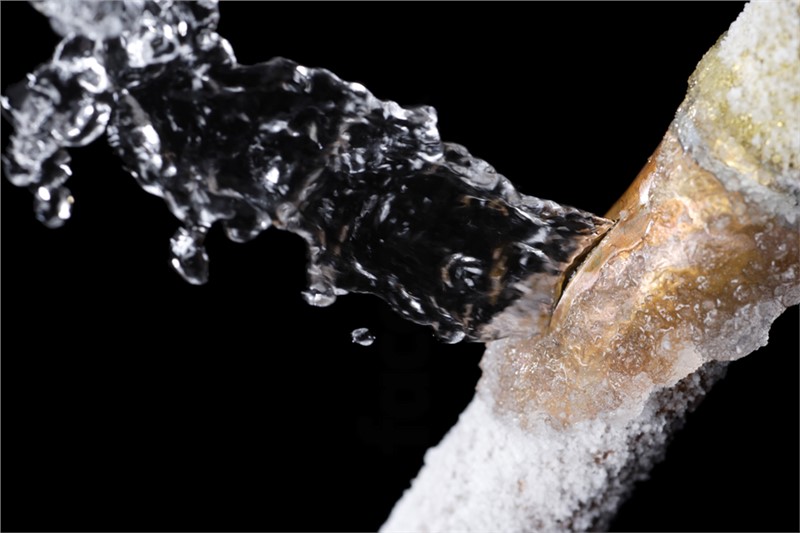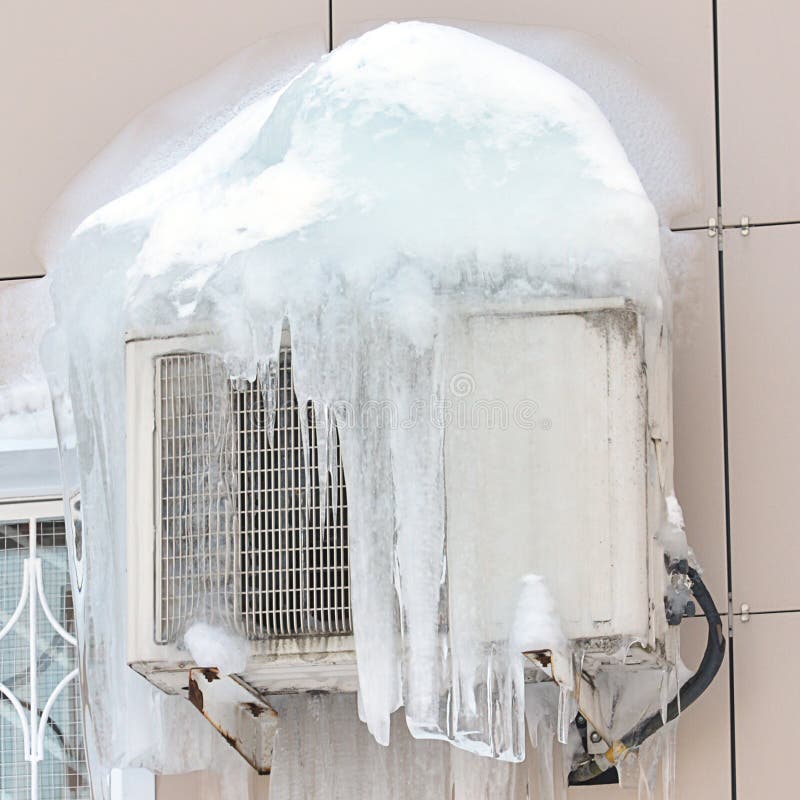What to Deal With a Frozen AC Pipe - Critical Steps for Recovery
What to Deal With a Frozen AC Pipe - Critical Steps for Recovery
Blog Article
We have stumbled on this post on How can I fix an air conditioner’s frozen pipe? directly below on the web and accepted it made good sense to write about it with you on this page.

Intro
Finding that your air conditioning pipeline is iced up can be concerning, especially throughout warm summertime when you depend on your ac unit the most. Understanding what to do in such a circumstance is important to stop additional damages to your air conditioning system and ensure your convenience inside.
Comprehending the Causes
A number of elements can add to the freezing of an a/c pipeline. Understanding these causes can assist you resolve the concern effectively.
Absence of Airflow
One typical source of an icy AC pipeline is inadequate air movement. When the air movement over the evaporator coil is restricted, it can create the coil to drop below freezing temperature level, causing ice formation on the pipe.
Low Refrigerant Levels
Insufficient cooling agent degrees in your air conditioner system can additionally lead to a frozen pipe. Low refrigerant degrees can cause the stress in the system to drop, leading to the cold of dampness on the evaporator coil.
Winter Conditions
In cooler climates, freezing temperature levels outside can add to the cold of a/c pipelines. If your AC device is not properly protected or if there are leaks in the ductwork, cold air can infiltrate the system, causing the pipe to ice up.
Dirty Air Filters
Filthy or clogged air filters can limit air flow in your air conditioner system, bring about numerous problems, including an icy pipeline. It's vital to replace or clean your air filterings system consistently to ensure correct air movement and protect against ice accumulation.
Signs of a Frozen Air Conditioner Pipe
Recognizing the signs of a frozen AC pipe is critical for prompt activity.
Reduced Airflow
If you see a substantial reduction in air flow from your vents, it can indicate an icy pipeline.
Ice Buildup on the Pipe
Visible ice build-up on the cooling agent line or the evaporator coil is a clear indication of a frozen AC pipe.
Odd Sounds from the Unit
Unusual sounds, such as hissing or gurgling, originating from your AC system can signify that there's ice existing on the pipe.
Immediate Actions to Take
When confronted with an icy AC pipeline, it's necessary to act quickly to avoid more damage to your air conditioning system.
Shutting off the air conditioning
The initial step is to turn off your a/c unit to stop the system from running and intensifying the issue.
Looking for Blockages
Inspect the location around the interior unit for any type of obstructions that may be obstructing air flow, such as furniture or drapes.
Thawing the Pipe
You can use mild methods like placing towels soaked in cozy water around the icy pipe to aid thaw it gradually.
Preventive Measures
Taking preventive measures can help stay clear of future occurrences of a frozen AC pipe.
When DIY Methods Fail
If your efforts to thaw the pipeline or address various other problems are not successful, it's time to call in a professional.
Importance of Hiring a Professional HVAC Technician
A qualified HVAC service technician has the proficiency and devices essential to identify and repair issues with your AC system safely and properly.
Regular Maintenance Checks
Arrange regular maintenance talk to a professional HVAC specialist to make certain that your air conditioner system is running successfully.
Transforming Air Filters
Routinely replace or clean your air filters to stop air flow limitations and keep ideal efficiency.
Insulating Exposed Pipes
If your a/c pipes are exposed to chilly temperature levels, take into consideration shielding them to prevent cold during winter months.
Seeking Professional Help
If DIY techniques fail to deal with the issue or if you're uncertain concerning how to proceed, it's ideal to look for help from a qualified HVAC service technician.
Conclusion
Dealing with a frozen air conditioning pipe can be an aggravating experience, yet recognizing just how to react can assist minimize damage and recover convenience to your home. By recognizing the causes, identifying the indicators, and taking punctual action, you can successfully deal with the concern and avoid future occurrences.
G UP? HOW TO FIX IT?
It happens all over America. And the rest of the world probably. It’s the hottest day ever and for some darn reason your AC isn’t cooling the house. You fiddle with the thermostat to try and fix the problem. Nada. All you can do now is go outside and check the AC unit. You make your way there and find your air conditioner unit is frozen! But how?
In this post we’ll cover how you can tell that your air conditioner has frozen (other than the obvious reasons), what could have caused the freeze, and some of the things you can do about your AC freezing up. And if you have a frozen heat pump condenser, read our blog about it to learn what to do! But remember, it is always best to avoid your AC freezing up with an AC tune up. And if you are moving into a home, it's critical to get HVAC inspection so that you are aware of an AC problems before you move in.
Keep reading and you may be able to fix the frozen AC yourself. If you can’t, call an HVAC specialist. If you live in Maryland, call SuperTech HVAC for AC repair. We’ll take care of it.
How Does An Air Conditioning Unit Work?
How you probably imagine an AC works is wrong. Contrary to popular belief, an AC system does not inject cool air into a building. Instead, it removes the heat from inside and transfers it outside. Cool huh? (Pun intended).There are 4 major components among the 3 stations of an air conditioning system: the evaporator coil, the compressor, the condenser, and the refrigerant – a special chemical that links everything together through a closed loop system.
Station 1:
Warm indoor air is sucked into the return vent, through a filter, and blows over the evaporator coil. The heat is absorbed into the cold refrigerant, turning it from liquid to gas. The air, which is now cool, is blown back into the home to areas that your thermostat, i.e. you, has decided.
Station 2:
The refrigerant makes its way outside the house to the compressor, which squeezes the warm refrigerant, raising its gaseous temperature even more.
Station 3:
When the super hot vapor refrigerant reaches the condenser, the last step, the heat is expelled and absorbed into the outdoor air. The refrigerant instantly cools, which changes it from gas back to liquid form. The cold liquid refrigerant is now ready to return to station 1 and repeat the process.
Is Your AC Freezing Up? Here Are The Signs:
As you may have guessed, your air conditioner unit freezing up on a hot day is not normal.
If this happens, there's no need to panic. Often the issue can be solved with a little troubleshooting. If the AC unit is left frozen for too long however, you may find yourself with a bigger problem.
First things first, how do you know your AC is frozen?
Well, the obvious sign is the ice on your refrigerant line-set pipe. Simply check between your outdoor AC unit and your home's exterior wall to see whether your AC line frozen.
You might also have a frozen evaporator coil. This one's not as easy to check. You'll need to open a panel on the indoor unit to inspect. Don't do this unless you're handy. If you aren't, call an HVAC pro like SuperTech HVAC or you may damage something in the process.

As an avid reader about What Causes AC Pipes To Freeze?, I think sharing that portion was worthwhile. Enjoyed our blog entry? Please share it. Let somebody else check it out. Thanks a bunch for your time. Please check up our website back soon.
Explore Report this page